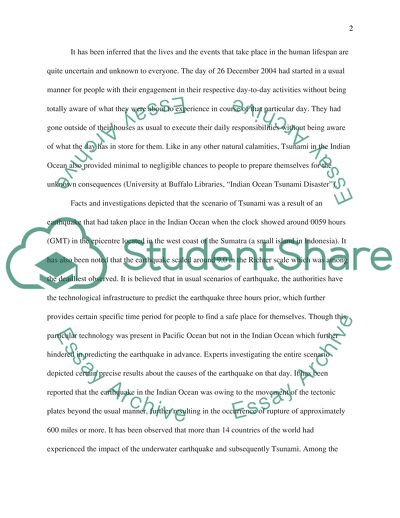Cite this document
(2004 Indian Ocean Earthquake and Tsunami Research Paper - 1, n.d.)
2004 Indian Ocean Earthquake and Tsunami Research Paper - 1. https://studentshare.org/environmental-studies/1818824-2004-indian-ocean-earthquake-and-tsunami
2004 Indian Ocean Earthquake and Tsunami Research Paper - 1. https://studentshare.org/environmental-studies/1818824-2004-indian-ocean-earthquake-and-tsunami
(2004 Indian Ocean Earthquake and Tsunami Research Paper - 1)
2004 Indian Ocean Earthquake and Tsunami Research Paper - 1. https://studentshare.org/environmental-studies/1818824-2004-indian-ocean-earthquake-and-tsunami.
2004 Indian Ocean Earthquake and Tsunami Research Paper - 1. https://studentshare.org/environmental-studies/1818824-2004-indian-ocean-earthquake-and-tsunami.
“2004 Indian Ocean Earthquake and Tsunami Research Paper - 1”. https://studentshare.org/environmental-studies/1818824-2004-indian-ocean-earthquake-and-tsunami.


